"Saturn Devouring His Son" is an oil painting on plaster, later transferred to canvas, created by Francisco Goya between 1819 and 1823. By the 1780s, Goya was an established painter whose portraits were favored by the Spanish court. [For graphics: Show "Count of Floridablanca," "The Dukes of Osuna with their children;" "Gaspar Melchor de Jovellanos;" "The Parasol"] When the Spanish monarchy returned to power following French occupation of Spain [1808-1814], Goya's position at court became complicated. The painter was brought before the Inquisition tribunal and asked to explain his satirical religious paintings [for graphics: show "Los Caprichos"] and the scandalous "Naked Maja." In the wake of the trial, [1819] he withdrew to La Quinta del Sordo, a house on the outskirts of Madrid, where he decorated the walls with a series of 14 paintings known as the Black Paintings, characterized by somber colors and subject matter. He painted "Saturn Devouring His Son" in his the dining room. It depicts the Greco-Roman myth of Saturn, Jupiter’s father. Saturn feared a prophecy that one of his children would take his place on the throne, and chose to eat each child at birth.
The subject, first painted by Rubens [1636] two centuries earlier, is terrifying. Goya's Saturn is a monstrous figure, gripped by a cannibalistic ardor, his eyes bulging from their sockets. The brutality of the image is accentuated by red blood flowing from the body of his dismembered son. It is a nightmare scene. The image is dominated by dark and threatening tones, brightened here and there by touches of light that give volume to Saturn's body. The painting can be interpreted in many ways: Saturn is often seen as a metaphor of old age devouring youth, or as an allegory of time destroying all things. But he can also be interpreted as a tyrant devouring his subjects, an allusion to the absolute monarch Ferdinand VII of Spain. The painting’s expressive power and Goya’s painting technique distance it from traditional aesthetics and the purity of neo-classical forms, anticipating Romanticism and many art movements of the 20th Century. Goya’s nephew inherited La Quinta del Sordo. At the end of the 19th Century, the house became the property of the Baron of Erlanger, who transferred the mural paintings to canvas to preserve from them. In 1881, the Baron donated the series to Spain. Today "Saturn Devouring His Son" can be seen at the Prado Museum in Madrid.
The subject, first painted by Rubens [1636] two centuries earlier, is terrifying. Goya's Saturn is a monstrous figure, gripped by a cannibalistic ardor, his eyes bulging from their sockets. The brutality of the image is accentuated by red blood flowing from the body of his dismembered son. It is a nightmare scene. The image is dominated by dark and threatening tones, brightened here and there by touches of light that give volume to Saturn's body. The painting can be interpreted in many ways: Saturn is often seen as a metaphor of old age devouring youth, or as an allegory of time destroying all things. But he can also be interpreted as a tyrant devouring his subjects, an allusion to the absolute monarch Ferdinand VII of Spain. The painting’s expressive power and Goya’s painting technique distance it from traditional aesthetics and the purity of neo-classical forms, anticipating Romanticism and many art movements of the 20th Century. Goya’s nephew inherited La Quinta del Sordo. At the end of the 19th Century, the house became the property of the Baron of Erlanger, who transferred the mural paintings to canvas to preserve from them. In 1881, the Baron donated the series to Spain. Today "Saturn Devouring His Son" can be seen at the Prado Museum in Madrid.
RELATED
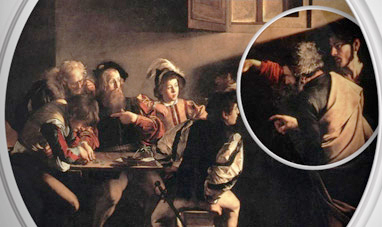

THE CALLING OF ST. MATTHEW
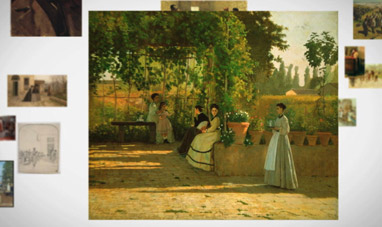

THE MACCHIAIOLI
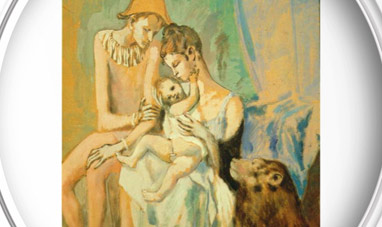

FAMILY OF ACROBATS, WITH MONKEY
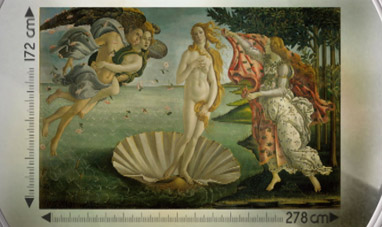

THE BIRTH OF VENUS
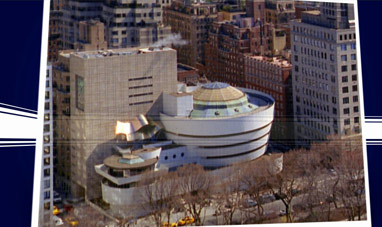

SOLOMON R. GUGGENHEIM MUSEUM


INNOCENT X
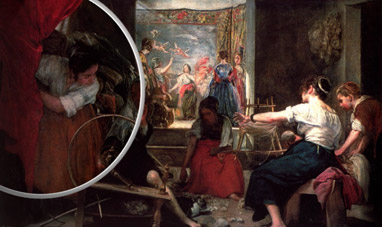

LAS HILANDERAS


ROMANTICISM
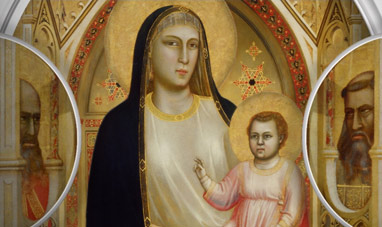

THE MADONNA DI OGNISSANTI


GIOTTO-S-FRESCOES-IN-THE-ASSISI-CATHEDRAL
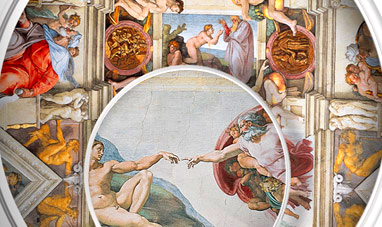

THE SISTINE CHAPEL


STARRY NIGHT
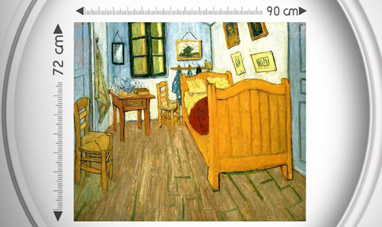

THE BEDROOM
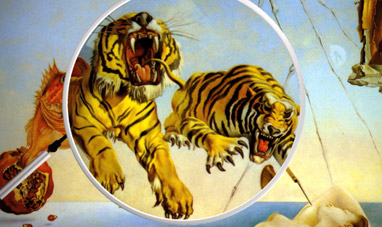

DREAM CAUSED BY THE FLIGHT OF A BEE AROUND A...
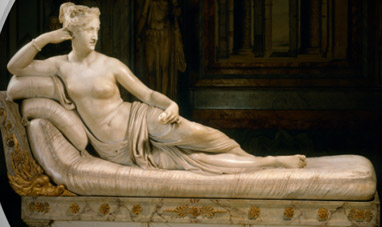

PAULINE BORGHESE


THE THREE GRACES
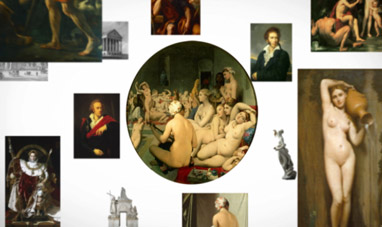

NEOCLASSICISM


YOUNG BOY WITH A BASKET FRUIT
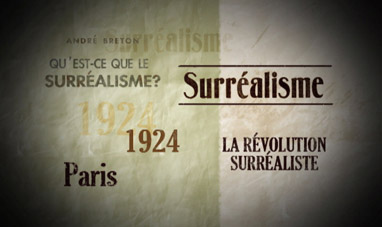

SURREALISM
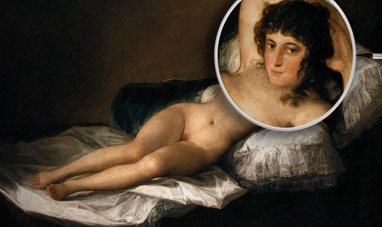

THE NUDE MAJA
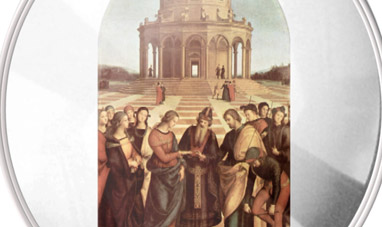

THE MARRIAGE OF THE VIRGIN


DISQUIETING MUSES
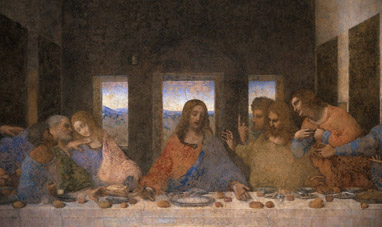

THE LAST SUPPER


ST. PETER'S BALDACHIN
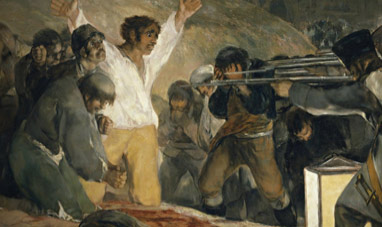

THE THIRD OF MAY 1808: THE EXECUTION OF THE DEFENDERS...
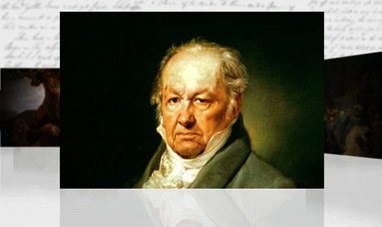

FRANCISCO GOYA
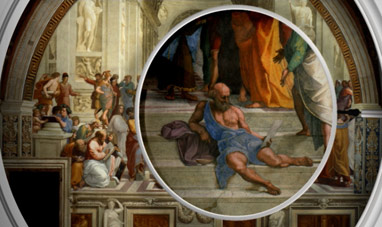

THE SCHOOL OF ATHENS
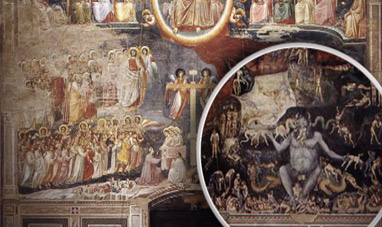

SCROVEGNI CHAPEL
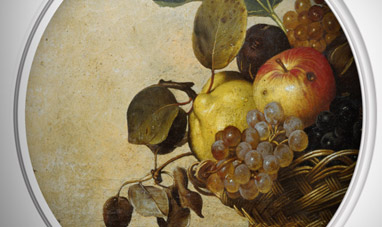

BASKET OF FRUIT


LADY WITH AN ERMINE
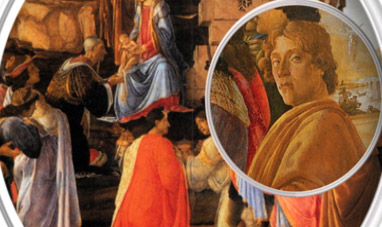

THE ADORATION OF THE MAGI


DAVID (MICHELANGELO)


THE ECSTASY OF SAINT TERESA


THE CRUCIFIX OF SANTA MARIA NOVELLA
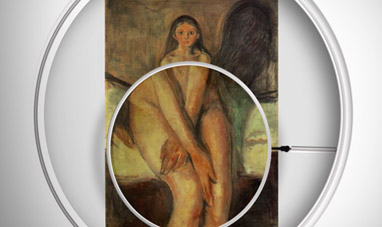

PUBERTY


LOVE SONG
